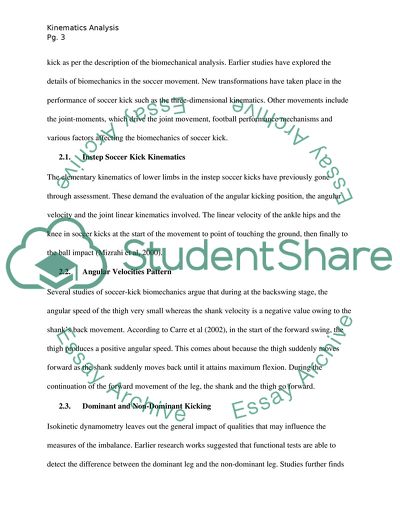Cite this document
(Kinematics of Dominant and Non-Dominant Leg Soccer Kick Lab Report - 1, n.d.)
Kinematics of Dominant and Non-Dominant Leg Soccer Kick Lab Report - 1. Retrieved from https://studentshare.org/sports-and-recreation/1671659-a-kinematic-analysis-of-a-dominant-versus-non-dominant-leg-football-kick
Kinematics of Dominant and Non-Dominant Leg Soccer Kick Lab Report - 1. Retrieved from https://studentshare.org/sports-and-recreation/1671659-a-kinematic-analysis-of-a-dominant-versus-non-dominant-leg-football-kick
(Kinematics of Dominant and Non-Dominant Leg Soccer Kick Lab Report - 1)
Kinematics of Dominant and Non-Dominant Leg Soccer Kick Lab Report - 1. https://studentshare.org/sports-and-recreation/1671659-a-kinematic-analysis-of-a-dominant-versus-non-dominant-leg-football-kick.
Kinematics of Dominant and Non-Dominant Leg Soccer Kick Lab Report - 1. https://studentshare.org/sports-and-recreation/1671659-a-kinematic-analysis-of-a-dominant-versus-non-dominant-leg-football-kick.
“Kinematics of Dominant and Non-Dominant Leg Soccer Kick Lab Report - 1”, n.d. https://studentshare.org/sports-and-recreation/1671659-a-kinematic-analysis-of-a-dominant-versus-non-dominant-leg-football-kick.


